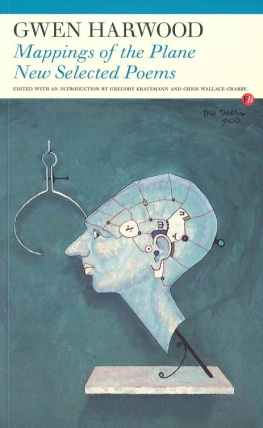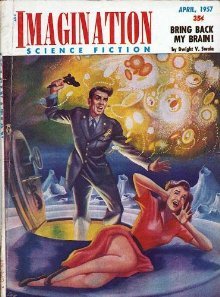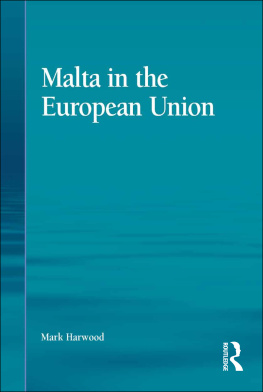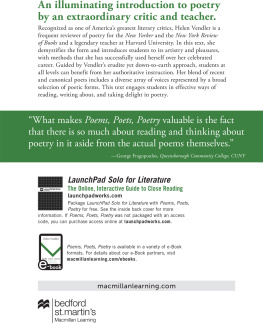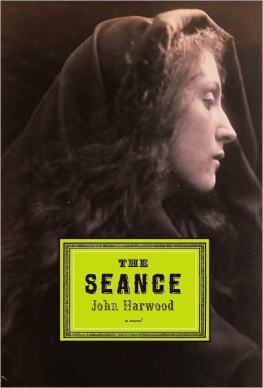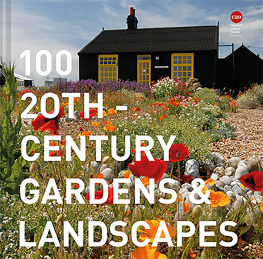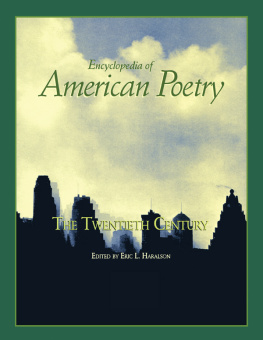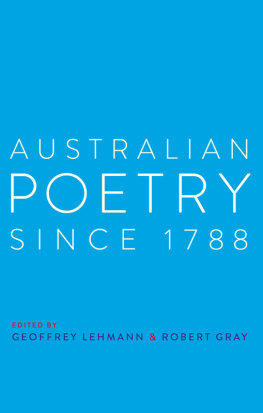Gwen Harwood has been described by Peter Porter, in a review of her
Collected Poems, 1943-1995 as the outstanding Australian poet of the twentieth century, a view that has long been shared by other readers. Her poetry is remarkable at many levels: for its range, its wit, and its humane intelligence. Whether the poems are written in formal metres and structures, or whether constructed in freer forms, they offer delight at the primal levels of their musicality and their ability to shift the boundaries between the verbal and the oral.
There is no other voice in English-language poetry that resembles hers, and her dominant tone was established very early in her publishing career, along with her formal versatility. A self-proclaimed capital-R Romantic, Harwoods affiliations are with European traditions not only literary, but also musical and philosophical, although her work displays a keen eye for the Australian landscape and a keen ear for vernacular idiom. (As Fleur Adcock pointed out in another review, the rhyme of wattle with Aristotle is unique in English-language poetry.) Gwen Harwood was born Gwendoline Foster in 1920 in subtropical Brisbane, where she studied piano and composition, and played the organ at All Saints, Brisbanes foremost Anglo-Catholic church. From time to time attempts have been made to claim her as a religious poet, but this is true only in the sense defined in her late poem A Scattering of Ashes Music, my joy, my full-scale God. She married the academic F.W. (Bill) Harwood at the end of the war, and they moved to Hobart in Tasmania; the effect of the change from sunny sprawling Brisbane to the chilly English beauty of Australias southernmost city is recalled in 1945, included in this selection.
The Harwoods had four children in the years to 1952, and she lived the life of a busy housewife and mother. Gwen Harwood did not publish a volume of poetry until she was forty-three, but she did write many poems for journals and little magazines. The Dead Gums and Water-Music, two poems from 1949 which already illustrate her lyrical mastery and her eye for the arresting image, are included here. When she died in 1995, Gwen Harwood had published six major collections of poetry at intervals of approximately six years: Poems (1963) was followed by Poems/Volume Two (1968), Selected Poems (1975), The Lions Bride (1981), Bone Scan (1988), and The Present Tense (1995). She was a rigorous self-editor, and the result of this was that many fine poems published in sometimes obscure and short-lived Australian magazines disappeared from view. Collected Poems, 1943-1995, published by University of Queensland Press in 2003, gives access to almost all of her poetic uvre. Collected Poems, 1943-1995, published by University of Queensland Press in 2003, gives access to almost all of her poetic uvre.
The Collected is the basis of the present edition, and the utmost care has been taken to preserve the poets care for the shape of her lines on the page, manifest in indenting, spaces within lines, and the running of sentences across divisions of stanza and line. One curious product of Gwen Harwoods editing of her own work for the various Australian texts of her Selected Poems which appeared during her lifetime was the removal of the original pseudonymous signatures attached to some of her most memorable work from the 1960s and early 70s. Works published originally by Walter Lehmann, Francis Geyer, and Miriam Stone appeared in time under her own name, thereby obscuring one of the most fascinating phenomena in the history of twentieth-century poetry publishing. Gwen Harwood made newspaper headlines in 1961 when it became known that she was the Walter Lehmann who had written two sonnets published in The Bulletin, then one of Australias most important forums for new writing. Eloisa to Abelard and Abelard to Eloisa created a brief furore when it became known that they contained acrostic messages, one containing the word which had been largely responsible for the banning in Australia of Lawrences Lady Chatterleys Lover. Walter Lehmann was also the author of In the Park, that keen-edged vignette of motherhood for which Gwen Harwood continues to be remembered in anthologies. Francis Geyer, exiled Hungarian music-lover and poet, is represented here by At the Arts Club and Ebb-Tide, and Miriam Stone (Harwoods only female pseudonym) by Burning Sappho, with the last two lines of the third stanza restored to their original lacerating version.
A fourth poet-self, Timothy Kline, who speaks for the generation of 1968, was suppressed completely by his creator, but here he speaks again in Poet and Peasant, Frog Prince and Emporium. A fifth Harwood pseudonym came to light some years after her death and the publication of Collected Poems. Alan Carvosso is the author of two poems inspired by music, O Sleep, why dost thou leave me? and On Wings of Song, published here as parts of a Harwood Selected Poems for the first time. Her fondness for masques, masquerades, wigs and beards, evident in the creation of poet-selves, also finds expression in her creation of poetic characters, the nuclear physicist Professor Eisenbart and the exiled European pianist Professor Krte: Eisenbart is represented here by Prize-Giving and Boundary Conditions, Krte by A Scattering of Ashes. Piercing, witty, passionate, reflective, as much an elegist as a trickster, Gwen Harwood wrote across a wide variety of forms and genres, including occasional poetry. Often she wrote Sappho cards to friends.
These are her distinctive contribution to the art of the verse letter, usually hand-made, featuring an etching from a Victorian ladies magazine with speech balloons purloined from her childrens comic books; one of them, Wolfgang, said father Leopold is included here. Ironically, it was as a librettist rather than as a poet that she wished to be remembered, and only a small number of music specialists are familiar with her extraordinary talent for writing words for music. Over some thirty years she wrote libretti for the composer Larry Sitsky; although she claimed that the words belonged to the music, many of these texts retain extraordinary dramatic power for readers as well as listeners in the concert hall. The extent to which her practice in song-writing, where gaps have to be left for the music to fill out, influenced the freer forms of her later poetic texts has still to be fully appreciated. Some of Gwen Harwoods most moving poems are addressed to friends, including several leading Australian poets, musicians, and artists. Her poems, like her letters (see Blessed City, edited by Alison Hoddinott, and A Steady Storm of Correspondence: Selected Letters of Gwen Harwood 19431995, edited by Gregory Kratzmann), celebrate the sustaining and redemptive power of friendship.
Chief among her friends was the broadcaster, actor and singer Thomas (Tony) Riddell, who first encouraged her to write, and who remained her confidant for more than fifty years. It is fitting that this edition, like all but one of her published volumes, should be dedicated to his memory. Gregory Kratzmann

